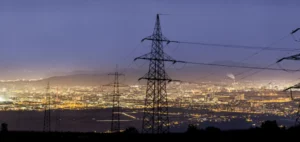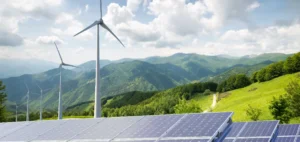The U.S. Environmental Protection Agency (EPA) is launching a major initiative with grants totaling $4.3 billion, aimed at reducing greenhouse gas emissions in several key economic sectors.
The initiative, called Climate Pollution Reduction Grants (CPRG), focuses on sectors such as transportation, electric power, buildings, industry, agriculture and waste management.
The aim is to provide competitive financial support to states to help them meet their emission reduction targets.
The United States has also invested $850 million to reduce methane emissions.
In addition, Washington has tightened restrictions on pollutants from coal-fired power plants.
One of the flagship projects of this initiative is the “Clean Corridor Coalition”, which is receiving a grant of $248.9 million.
This project aims to deploy electric vehicle charging infrastructure along Interstate 95, favoring zero-emission commercial vehicles.
Recipient states include New Jersey, Connecticut, Delaware and Maryland.
Subsidies for various sectors
In California, the South Coast Air Quality Management District is benefiting from nearly $500 million to decarbonize transportation and freight.
The funds are earmarked for electric charging equipment and zero-emission freight vehicles, helping to reduce the state’s carbon footprint.
Pennsylvania, with a $396 million grant, is focusing on reducing industrial emissions.
The state’s Department of Environmental Protection will use the funds for decarbonization projects at various scales, stimulating emissions reduction initiatives in the industrial sector.
Michigan is receiving $129 million to strengthen renewable energy permitting and development.
The grants are intended to help local and tribal governments achieve the goal of 60% renewable energy by 2030.
Long-Term Impact and Support for Local Governments
The EPA estimates that CPRG-funded projects could reduce greenhouse gas pollution by 971 million tons of CO2 by 2050.
In addition to specific projects, the program also provides $250 million to help dozens of local and tribal governments establish climate action plans.
This initiative aims to strengthen and develop local climate policies in 45 states.
An additional $300 million in CPRG grants are expected this summer to support Tribes, tribal consortia and territories.
EPA is also developing a robust database of environmental product declarations to support these efforts.
The EPA’s commitment, under the Biden administration, shows an increased determination to reduce greenhouse gas emissions through innovative and collaborative projects.
This approach could serve as a model for other emissions reduction initiatives around the world.






















